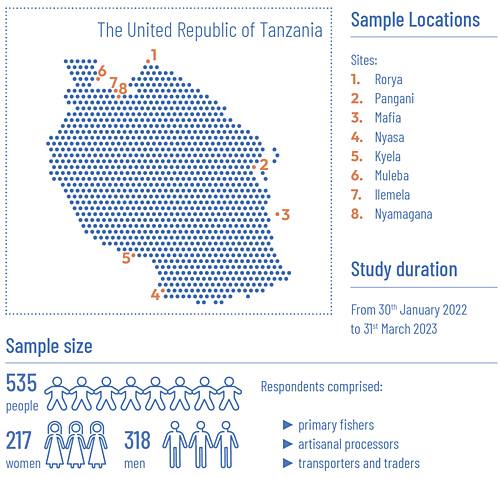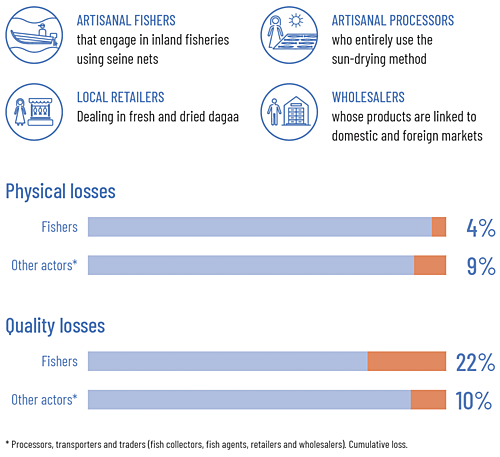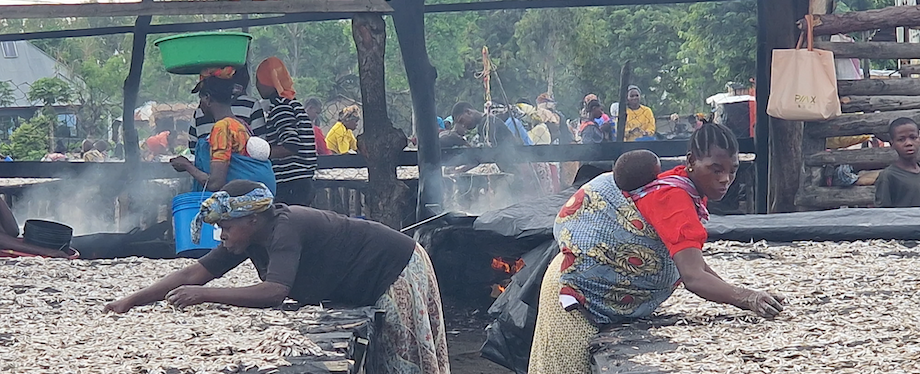Fish loss in the dagaa fishery in the United Republic of Tanzania
The fisheries and aquaculture sector plays a crucial role in the United Republic of Tanzania, contributing to the country’s economy, food security, and livelihoods of local communities. The country is largely faced with fish loss and waste, manifested in the web of value chain activities of different fisheries. This is mainly high in small pelagic fishery.
With the motive of meeting the target of SDG 12, “halve per capita global food waste at the retail and consumer levels and reduce food losses along production and supply chains, including post-harvest losses” by 2030, the Food and Agriculture Organization of the United Nations (FAO), in collaboration with the Ministry of Livestock and Fisheries (MLF) are implementing Component 5 of the GCP/ GLO/352/NOR project, funded by NORAD under the Norwegian government. Component 5 of the project is geared towards achieving sustainable utilisation of fisheries and aquaculture products and its contribution to livelihoods and food security through the application of multidimensional solutions to reduce food loss and waste in fish value chains in the United Republic of Tanzania. Therefore, FAO contracted Tanzania Fisheries Research Institutes (TAFIRI) to identify, the extent of fish loss and waste and subsequently design multidimensional solutions to address the challenges associated with fish loss in the United Republic of Tanzania.

The comprehensive FLW assessment was conducted in three main water bodies of lakes Victoria and Nyasa and small scale Marine fishers where dagaa comprise huge landings. The findings reveal that all actors across the value chain encountered physical and quality losses with the latter being higher than the former. However, fishers incurred more quality losses than the other actors.
Reducing these losses along the value chain is key to maintaining the importance of the fishery in food security and nutrition and livelihoods to many. This project provides a multidimensional solutions to addressing FLW, thus promoting sustainable use of the resource.
Results
The dagaa supply chain encompasses two primary marketing channels, domestic and export, and each channel is accompanied by significant physical and quality losses. The critical actors of the supply chain of dagaa were identified based on their key roles and the quantity of losses estimated per actor. These include:

Major causes of loss

Additional related materials and articles
United Republic of Tanzania Fact Sheet
Reducing loss and waste along the aquatic food value chains in the United Republic of Tanzania
Fish loss in the dagaa fisheries in the United Republic of Tanzania


